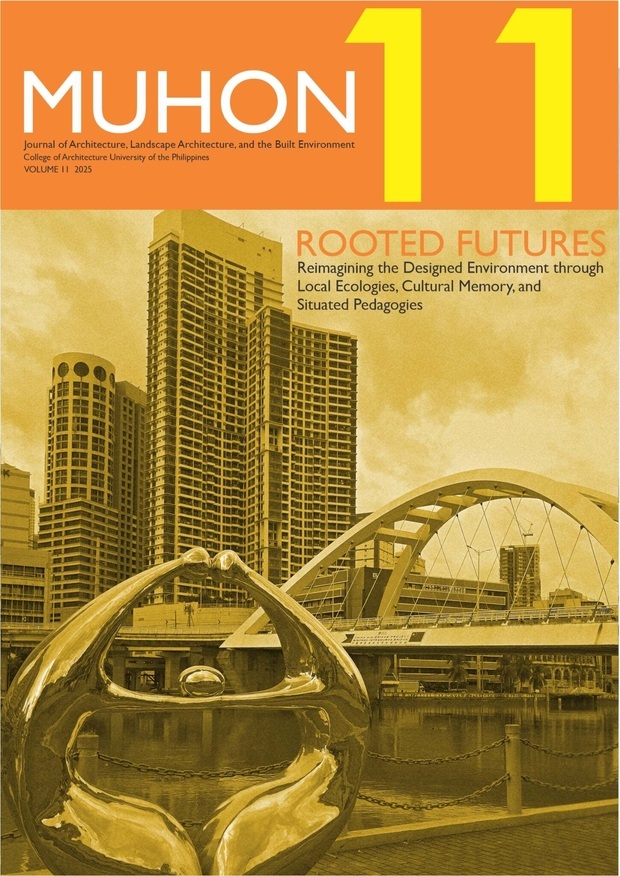Thinking Through Lines
The Role of Freehand Drawing in Architectural Ideation
Abstract
In an era where technology increasingly dominates architectural design, computer-generated presentations have largely replaced hand-drawn drawings. This transition, characterized by Capro (2013) as the "digital turn," has significantly transformed how architectural ideas are conceptualized and communicated. Despite these advancements, freehand drawings continue to be a crucial element of the design process. This study investigates the enduring relevance of freehand drawing, highlighting its role as a cognitive tool that facilitates the direct translation of thoughts and imagination onto paper. The research reveals how freehand drawing fosters creativity, spatial awareness, and conceptual exploration. By allowing architects to engage deeply with their sensory perceptions of space, freehand drawing captures materials' tactile and visual qualities, offering an embodied experience informed by sensory cosmology and connecting to broader cosmic themes. The study advocates for incorporating freehand drawing exercises in early architectural education to stimulate imaginative and creative thinking, emphasizing the role of line as a fundamental architectural element. However, the undeniable advancement of technology in architectural presentation necessitates a balanced approach. This research, was conducted through surveys of students and architects, seeks to gather diverse perspectives on the comparative impact of freehand versus digital methods in the architectural design process, aiming to guide educators in effectively integrating both traditional and digital techniques.
The copyright for the published work belongs to UPCA and its selected publisher. The contributor is free to publish a modified version of the same article in other publications.
The contributor guarantees that :
- the article does not infringe on the copyright or any proprietary right of any other person
- the article contains no libelous or other unlawful matter
- the article makes no improper invasion of the privacy of any other person.





